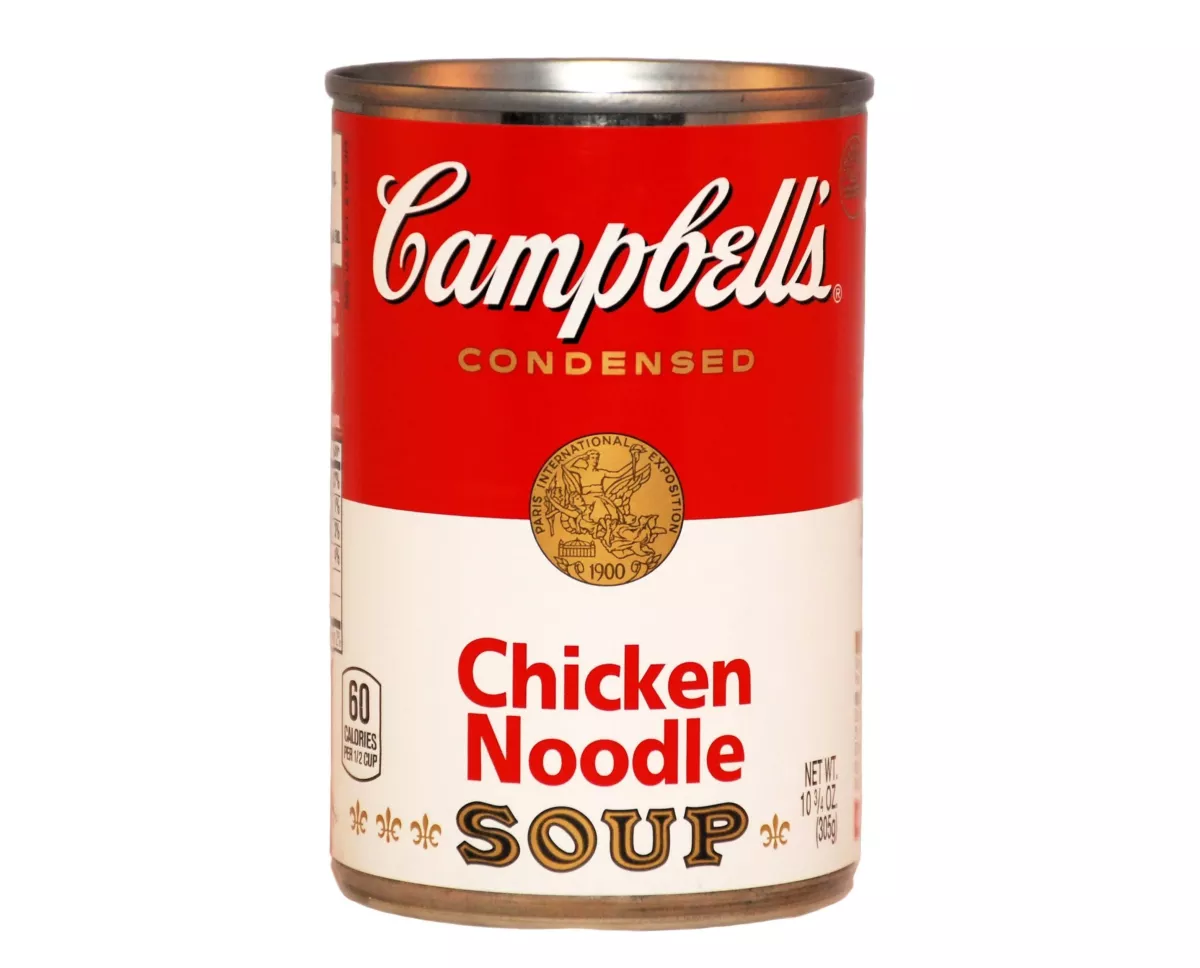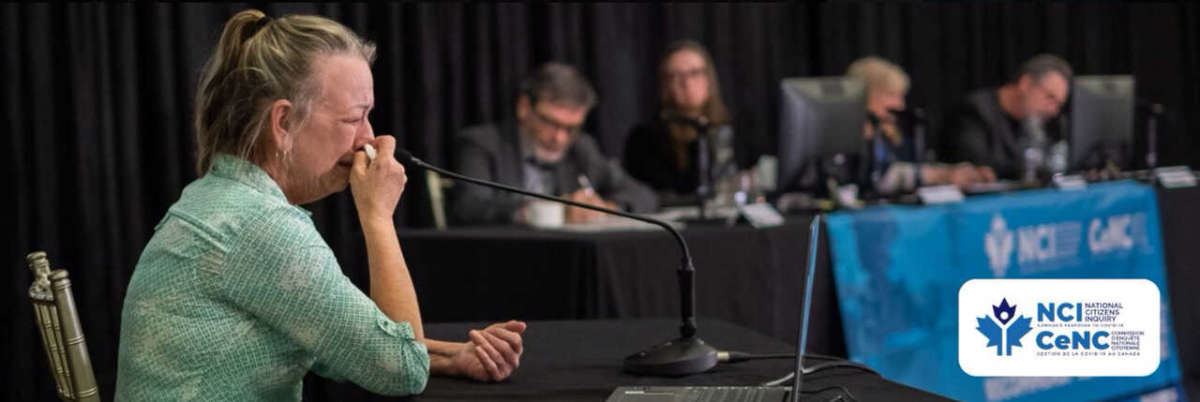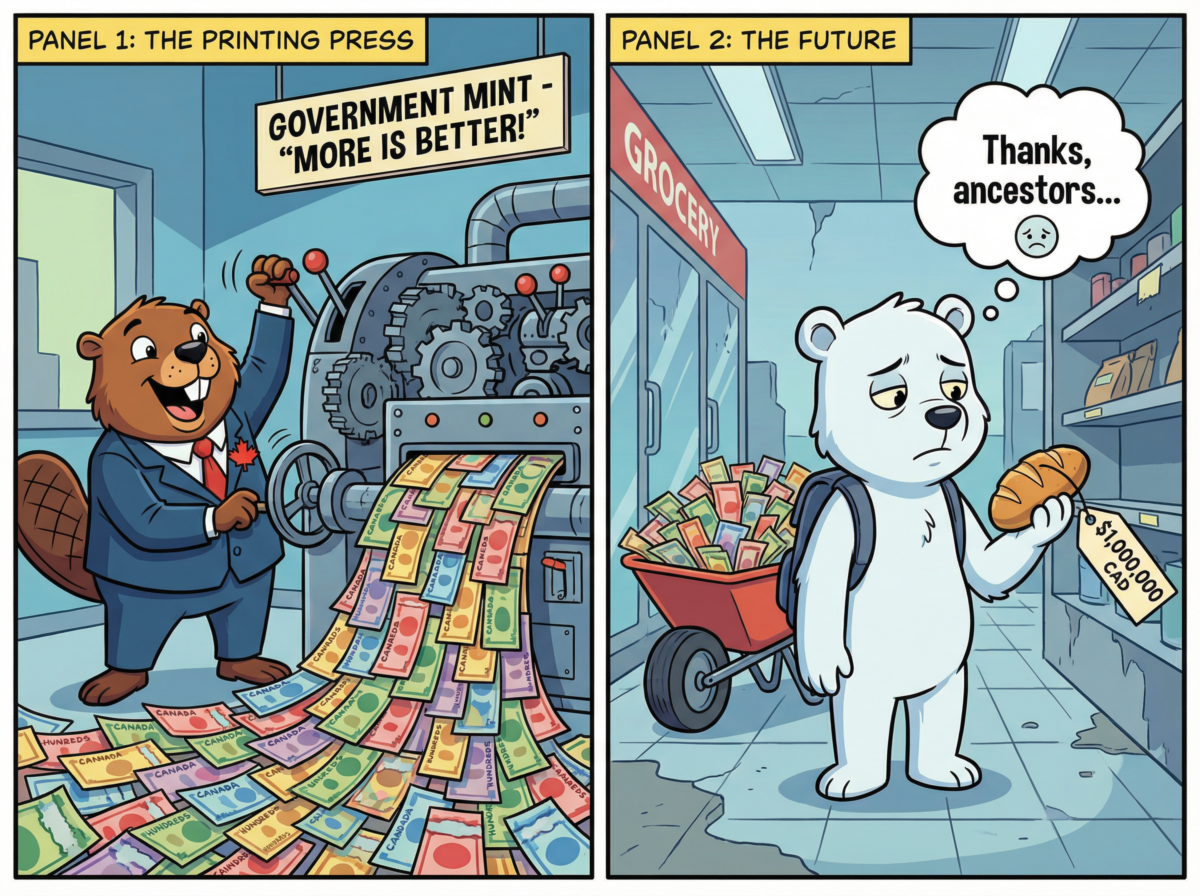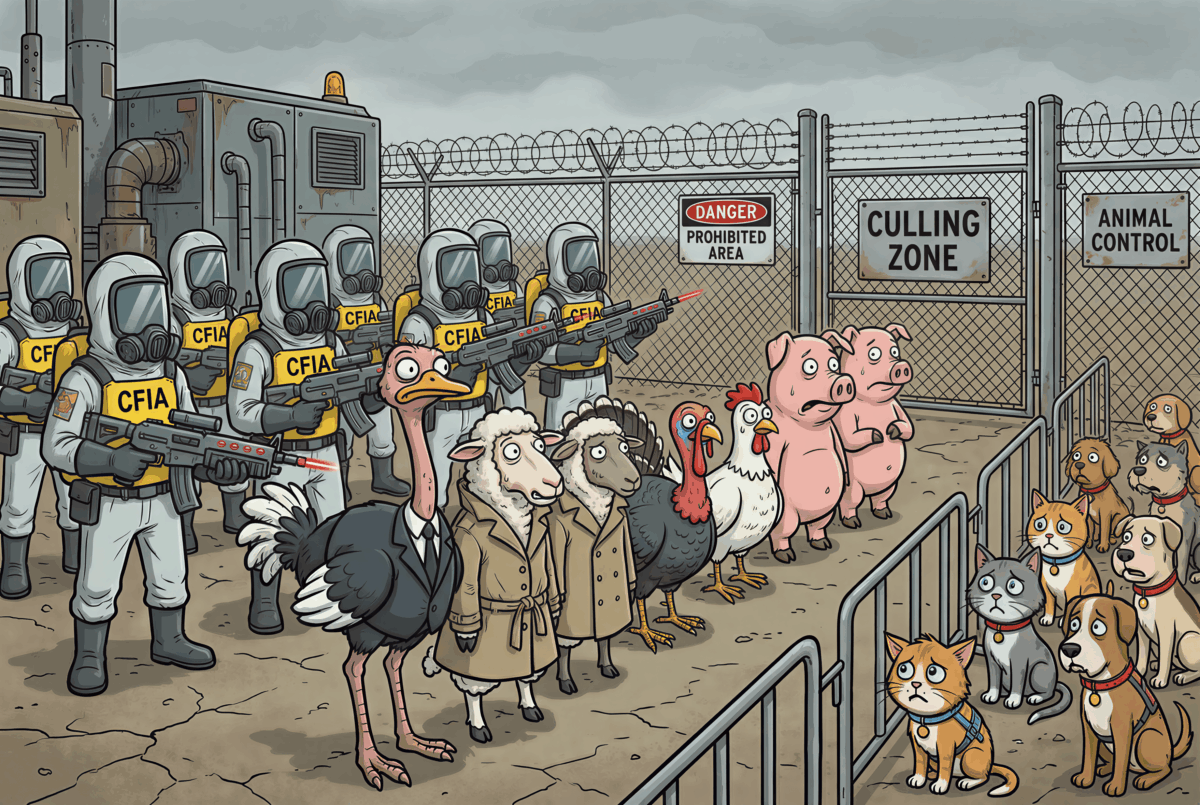Letting Men Play Women’s Sport Puts Women in Danger – as I Discovered
One of the joys of hockey (field hockey if you are in North America) is that young and old can play together. This is not just knocking a ball about; you will often see fathers and sons and mums and daughters playing in the same teams in competitive matches, particularly in the lower leagues. You even see parents taking the game up just so they can play against their kids.
The youngsters tend to be not quite as strong as the oldies, but can outrun them, and are often more technically skilled, having learned the game on synthetic rather than grass pitches. However, they can usefully absorb tactics and gameplay from the more experienced players around them for a couple of years, before moving on to try their luck against players closer to their prime.
This works because hockey is a non-contact sport. Essentially, if you make body contact with someone when you are tackling, you commit a foul. Not every tackle is clean, of course, but the differences in size, strength and speed are small enough to make it a reasonably fair contest, and everyone has fun.
Don’t lose touch with uncensored news! Join our mailing list today.
The non-contact nature of the game means that juniors get a chance to play with the adults at quite young ages. Rules vary league by league, but where I play, boys are allowed in from 14. It’s quite common to see talented girls given a run out at age 12, if they’ve been through their growth spurt.
My coaching role is to help girls through this transition from kids’ hockey to the adult game. Mostly, we’re playing friendlies with teams made up of juniors, with a few adults thrown in to provide guidance. However, occasionally, we are called on to send a few extra players up to the ladies’ section to make up numbers. I pick the biggest and most skilled girls – the ones I think can cope.
However, when this happened a few weeks ago, we got a nasty shock and I think came quite close to disaster. That’s because the opposition turned up with a transgender player, in physical prime, built like something out of the backs division of a rugby team, and who played like it too – faster, stronger and much more aggressive than anything the girls are used to.
Some of them were clearly frightened, and stood off tackles. Some tried to get stuck in but were so completely outmuscled that it was mostly fruitless. Then, about a third of the way through the game it got very unpleasant.
Our striker, a girl of 15, is something of a rocket ship. Tactically, we get a lot of joy feeding her balls to run on to because there are so few in the league who can catch her. But not this time. Despite a 10-yard head start, and running at full speed, she was closed down by the rugby player over an astonishingly short distance, and was tackled. And as the stick landed, she crumpled, going to ground in a heap. The impression was of watching a wildlife documentary; a leopard taking down a gazelle, perhaps.
She was down a long time, but eventually was able to get to her feet and step off the pitch. She had been on the end of a tackle that crossed the line from non-contact to contact. It was a slight touch, nothing more, but the difference in weight and speed between the two players was enough for her to be wiped out. And it was enough to mean that she ended up with injuries to hip, wrist and – more worryingly – to her neck. Her match ended there and then.
While it was open to the umpires to issue a yellow card (or another colour) to the offending player, neither felt it appropriate. They agreed that it was an unfortunate touch, and nothing more; there was no malicious intent. And that’s the nub of the problem. Even in the absence of malice, and in a non-contact sport, there is a serious risk of injury to players if there is a major imbalance in size, weight, speed and aggression. Make no mistake, this is a disaster waiting to happen.
But we are dealing with a transgender player, so we are walking on eggshells. What should we do?
Some of the parents think we should speak to the authorities, but it’s fair to say that most people within the club are fearful of the consequences if we do. Nobody wants to be labelled a bigot. “Don’t say the word ‘transgender’, and don’t say ‘juniors’,” is a common theme of our soundings on the issue. So we are forced to go along with the pretence that neither of these characteristics had anything to do with what happened. We are forced to live a lie.
Some of the parents of the girls in the team have also told us they do not want their children facing such risks. They are right to do so – they could see the danger, as could I. As the responsible adult, I know that fingers will be pointed at me if we do get another injury, so I have undertaken to tell them if I think a fixture will feature a transgender player, so that they can be absent themselves. In reality, in a team in which more than half the players are juniors, that will mean conceding matches. That’s grossly unfair to the children, some of whom don’t get to play competitive fixtures often anyway. Worse, if a transgender player appears unexpectedly with an opposition team, we may have to refuse to play on the spot. That’s unfair to everyone, but is an inevitable consequence of the pretence that the girls are simply playing against another woman. And it’s better than a child being seriously injured.















